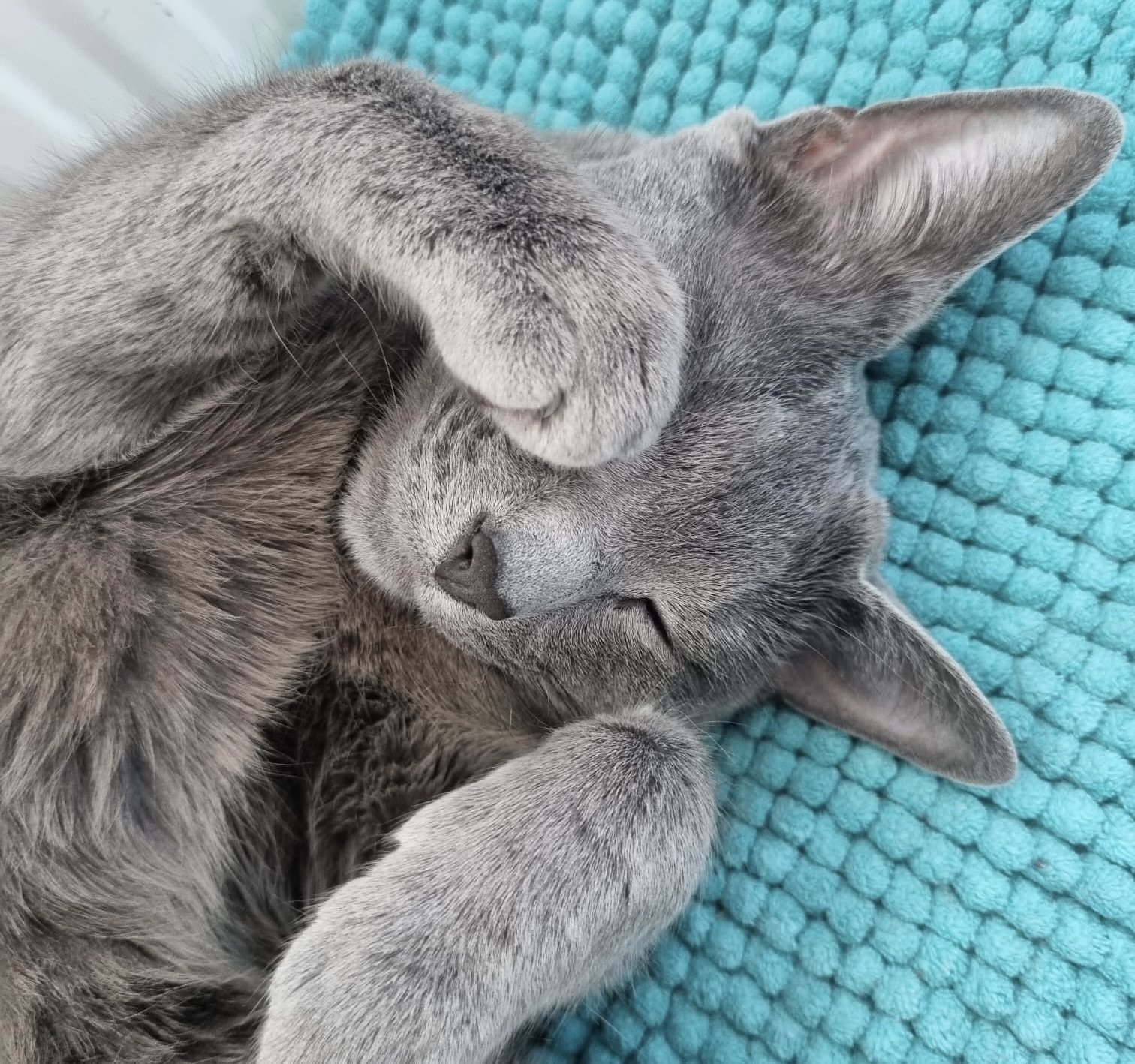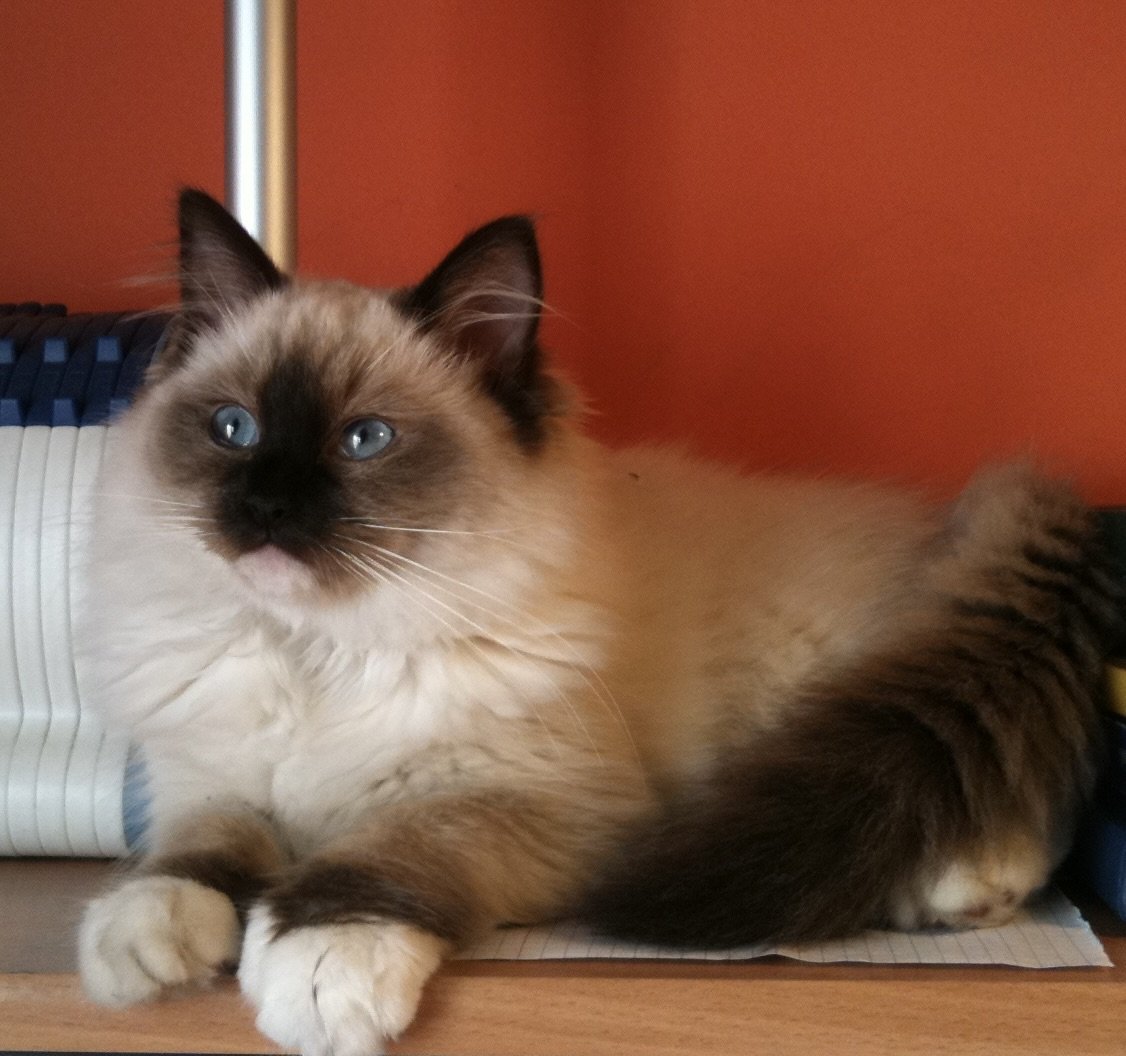
Filters
CLEAR ALLThe Bichon Frise is one of the most famous and easily recognisable dog breeds in the world. They are loveable dainty dogs that are known for their delightful, loving, and adorable natures. Bichon Frise are lively and cheerful which makes them great family dogs because they enjoy attention from kids of all ages. This is another advantage of this breed as a lot of smaller dogs find it difficult to handle the rowdiness of kids at home.
This breed is believed to have originated in the Mediterranean and is often called the "Tenerife Dog." Brought by sailors in the 14th century from Tenerife's island, Bichon Frise found their way into the homes and hearts of dog lovers around the world.
The Bichon Frise adores being the centre of attention. They are very confident, outgoing, and highly intelligent, which makes them a joy to be around. This dog breed is family-oriented, very sociable, very affectionate, and gentle. This makes Bichon Frise a faithful lap dog and loving companion.
Furthermore, the Bichon Frise is an ideal pet for any family or individual, whether you live in an apartment in the city or a big countryside home.
The Bichon Frise is one of the most famous and easily recognisable dog breeds in the world. They are loveable dainty dogs that are known for their delightful, loving, and adorable natures. Bichon Frise are lively and cheerful which makes them great family dogs because they enjoy attention from kids of all ages. This is another advantage of this breed as a lot of smaller dogs find it difficult to handle the rowdiness of kids at home.
This breed is believed to have originated in the Mediterranean and is often called the "Tenerife Dog." Brought by sailors in the 14th century from Tenerife's island, Bichon Frise found their way into the homes and hearts of dog lovers around the world.
The Bichon Frise adores being the centre of attention. They are very confident, outgoing, and highly intelligent, which makes them a joy to be around. This dog breed is family-oriented, very sociable, very affectionate, and gentle. This makes Bichon Frise a faithful lap dog and loving companion.
Furthermore, the Bichon Frise is an ideal pet for any family or individual, whether you live in an apartment in the city or a big countryside home.



The Bichon Frise is a small dog that will reach a maximum of 7 to 12 pounds. However, they are not classed as a Toy breed despite their size. The companion dog stands around 9 to 11 inches tall, and its average lifespan is 12 to 13 years. Their head and legs are proportionate to their small body, and their most striking facial features are their black nose and dark rounded eyes.
The Bichon Frise is in the same dog family as the Maltese, Bolognese, Havanese and Coton de Tulear but is the only one with a double coat. This consists of a soft but dense undercoat and a coarser curly outer coat. The result is a fluffy powder-puff appearance where the hairs stand off the body with a spring-like feel. Their fur is always white, a stark contrast to their jet black eyes.
As you can imagine, Bichon Frise dogs have high maintenance needs. Simply brushing their coat is not enough; they need professional grooming once a month to keep them in top tip condition. However, their saving grace is that they don’t shed much, so at least their white hair will not cover your dark furnishings! Many Bichon Frise owners choose to grow and style the tail hair to fold over its back while trimming the rest of the coat.
As with most pedigree breeds, the Bichon Frise has some health concerns. For example, they are prone to liver shunts and immune diseases like Autoimmune hemolytic anaemia and immune-mediated thrombocytopenia.
Most people chose the Bichon Frise for its attractive poodle-like looks, yet its personality is just as wonderful. They are playful, affectionate and gentle, and they maintain a constant happy nature when their needs are met. However, their most crucial requirement is regular human interaction as this breed suffers from separation anxiety. Thus, they dislike being left alone and adore walks and outings with their owners.
This white fluffball loves being the center of attention and will show off with its clown-like antics and hilarious quirks. They are equally cuddly and playful, so they are always up for a snuggle or play session. However, every Bichon Frise owner will comment on their crazy bursts of energy, known as the Bichon Blitz. It may appear like they suddenly become extremely lively and start running around, bouncing off the furniture. Luckily, this only lasts for about 30 seconds or so.
As very responsive dogs, they are highly trainable. This is good, as it’s vital to train this breed from an early age to prevent unwanted behaviours, such as nipping, snapping and barking. Moreover, consistent but gentle house training is required as this breed can be difficult to house train.
The Bichon Frise is also an excellent watchdog as nothing goes amiss with them. However, to avoid them barking at any little thing, you’ll need to teach them what they should alert you about and what they shouldn’t.
Although the Bichon Frise is affectionate, entertaining, and simply adorable, they are not the easiest canine to have in the home. Therefore, they are best suited to people with previous experience caring for dogs. They are also an excellent choice for people who live in a flat or apartment, as their small size means they take up hardly any space.
They can make lovely family pets. However, if you bring one into a home with children, it’s essential to train them properly. Training will ensure they do not snap at kids due to over-excitement during play. Also, because of their frequent bursts of energy, they may not be the best dog if you have a baby or a small child.



Their stories
We love happy endings. Discover stories of pets who found their beloved family with the help of The Pedigree Paws <3.

Neo
Russian Blue
We had some concerns purchasing a kitten online but our experience with The Pedigree Paws was great. They connected us with Caroline, the Russian Blue breeder and we had many conversations and received multiple pictures and videos. She answered to all our questions.
The Pedigree Paws verified for us all the vaccinations and health checks to make sure our new kitten was 100% healthy.
Thank you for all your help The Pedigree Paws! Highly recommended!

Jack
Miniature Dachshund
One of the reasons I was hesitant to order a puppy from The Pedigree Paws is because I live in Spain. However they connected me with a very good FCI breeder in Barcelona.
He showed me all the health documents of both parents, their pedigree and answer to all my questions. I am so happy they helped me to find a healthy puppy as finding one by myself was very overwhelming. Contacting The Pedigree Paws was the best decision and I highly recommend them to everybody!

Stitch
Chartreux
From the kittens's selection to the arrival of our Chartreux kitten, The Pedigree Paws was there to assist us. We had great experience with them, and they breeder Alexandra from France with whom they connected us and from whom we got our kitten from. They are very prompt in answering our initial and follow-up questions while our kitten was in transit. Very reliable and trustworthy!
Thank you so much for all your help. We are very happy with our new family member. We will definitely recommend it to all our friends.
Athena
Chihuahua
It's been a few months since we decided to find a Chihuahua puppy to join our family, however we had issues finding a good breeder.
We contacted The Pedigree Paws and they connected us with a very unique breeder in Greece. Many videos and pictures were shown, the breeder shared with us the proof of vaccinations, deworming and her 5 generation pedigree. We were fortunate as George, the breeder was able to deliver the puppy to us personally. We are very pleased with our beautiful Athena. Thank you, The Pedigree Paws, for being truthful and transparent.
Thor
Abyssinian
I feel wonderful having help from The Pedigree Paws finding the dream Abyssinian kitten I was looking for. Thor is the absolute dream! The Pedigree Paws team was really patient and responsible in everything. Lovely experience! They replied to every questions, requirements, and information I ask about the kitten.
Fin
Chihuahua
Thank you for finding for me such a beautiful Chihuahua puppy! I love him so much from the minute I saw him. He changed my world.
Kate, from The Pedigree Paws assisted me through the whole process informing me about everything from health checks to arranging a Pet Nanny to transport Fin directly to my door. So thankful that the experience went so well! I love my Fin.

Emi
Ragdoll
I have always wanted a Ragdoll kitten as it was my dream cat breed, but didnt know how to find one as heard a lot about kitten farms and bad breeders. I reached out to The Pedigree Paws and they were very accommodating and transparent from the start. They offered me few kittens from their list of breeders and when I saw Emi I knew she was the one! We went through the kitten's parents DNA testing as for me that was a priority to have a kitten free from genetic disorders. We sealed the deal and now I have the best kitten I could dream of! Thank you very much for all your help
Shima
Russian Blue
I really wanted a Russian Blue kitten, but was very nervous getting one after reading horror stories about scammers on the Internet. I had my first call with Natalia, from The Pedigree Paws and with her help I was able to connect with the breeder, that I knew I could trust. I am very lucky to have now Shima, she is an absolute joy to live with.
Need some help?
Contact us to speak to our friendly advisor, who will gladly help you find your dream pet!



We are registered in England and Wales under registration number 12568840,
and our registered office is at 58-60 Kensington Church Street, W8 4DB London, England.
© 2023 The Pedigree Paws